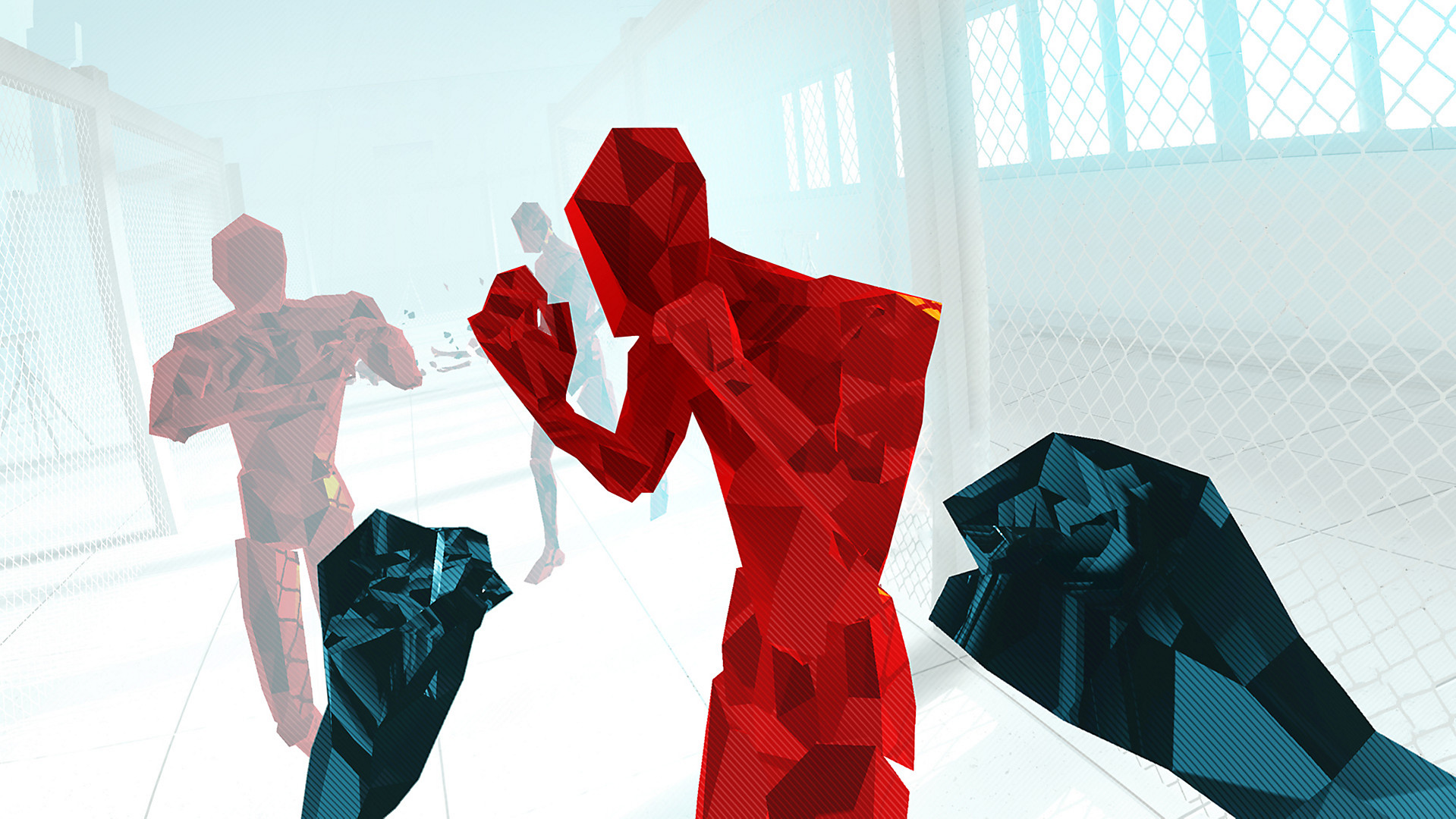

In the ’80s the future always featured cool new tech available in the home, conveniently and so inexpensive that everyone had it, but as we inch closer to the future they envisioned back then nothing is quite as they expected and VR is no different. I can’t deny that VR is a fantastic invention, revolutionary for our time and has changed the way we experience not only video games but media in general, but what it isn’t is affordable. The headsets themselves range from about $350 to $500 depending on which one, where from, so forth and so on. This price doesn’t even include what you have to run the headset on, the graphics card that most sites recommend is around $400, and even at best with PSVR you still have to buy a PS4 before you can use it, so you see the point I’m trying to say? The barrier to entry is just so huge that it actively turns people off from experiencing it, not even to mention the kind of space you need to feel free to immerse yourself in the experience and the number of people on average that could afford that space are quickly dropping.


So I don’t seem like a complete cynic I will say that there are some positive possibilities as to where VR could go, but overall there seem to be three major ones that spring to mind when thinking about the possible futures we could have. The first is the bleakest, and that is just the death of high-end VR, now when I say “high-end” I am referring to the quality that we are trying to achieve which is a level that would make us question whether what we are looking at is real or not. I specify that because as we have already seen many low-end versions of VR popping up already that aren’t providing the immersion of the original concept of Virtual Reality, which isn’t something to condemn it’s just the nature of a market, but when the quality difference is this drastic it is hard just to ignore. So back to my doom and gloom possible future, what could happen is that we do see VR in the average home, just not the quality that we had hoped or expected, poor quality and support would be rampant and the higher quality VR would fade into obscurity remembered only by the true connoisseurs of the systems, remember this is the darkest timeline I’m talking about here.
Let me get away from the most cynical and depressing timeline into the more hopeful one, where the ’80s would have been pretty spot on actually. The second possibility is that high-quality VR could reduce in price and requirements dramatically, the production quality stays the same or gets better, and the materials become much cheaper reducing the upfront cost of ownership. There would still be knock-offs of course, but the price reduction could make them so unbearably hard to build cheap that they either lower their quality beyond anyone even buying it or raise their quality of product until they become viable headsets. Think Ready Player One but less trailer park skyscrapers and easter eggs. Now, of course, this is the most idealistic of timelines, the idea that we could produce such realistic VR on a reasonable budget is a stretch of the imagination, and that still doesn’t account for how the headsets would be displayed, but it is a possibility.
The final possibility that I can see is easily the most realistic, and if I had to describe it in just a few words, it would be VR Cafes. Essentially the most realistic possibility is that, while quality would improve, the price would not, resulting in industrial level VR headsets. While everyone else that could afford VR would have to work with smaller more easily accessible units, the majority of the industry would focus on more consistently on VR setups that would be streamlined into easy to use rent-a-units, where casual patrons would be able to rent time with the headsets almost like a karaoke bar or Japanese Manga cafes. There could even be the possibility of saving your progress with certain games, perhaps to a card or badge or even using some kind of code and being able to pick up where you left off like in some modern arcades. I also don’t think they will be integrated into traditional arcades simply because of the amount of space required to operate them, arcades are all about packing in as many games into as small a space as possible and VR just doesn’t fit that same logic. The precedent has already been set before, and with it becoming more and more expensive to buy and maintain these systems soon the only people who could reasonably own them would logically be businesses that revolved around them.
Nobody knows what exactly the future holds, any of these three overarching possibilities could reasonably happen even if some are a bit of a stretch of the imagination. The only thing we can do is look toward the future and hope that everything will turn out alright. If I learned anything from Back to the Future it’s that the future isn’t written in stone, and of course not to use a hoverboard over water
Want to tighten up your timing and play like a pro? This guide dishes out…
Want to crush it in Marvel Rivals? Learn how to build killer 6v6 teams with…
Want to crush it in VALORANT? This guide breaks down Agent roles, pro tips, and…
Yeehaw! Cozy up in the Wild West with Cattle Country—farm, befriend, and explore before its…
Cowabunga! TMNT: Splintered Fate hits PlayStation May 20 and Xbox June 24—plus physical editions drop…
Strap on your VR headset—Surviving Mars: Pioneer lands in Early Access May 8! Build, explore,…
This website uses cookies.